apertureman
TPF Noob!
- Joined
- Oct 20, 2009
- Messages
- 60
- Reaction score
- 0
- Location
- Sioux Falls
- Can others edit my Photos
- Photos NOT OK to edit
I have a question about digital Black & White photography using Nikon D90:
What is better? (please elaborate)
1. Shoot normally and convert to Grayscale on Photoshop later.
2. Set Picture Control to Monochrome and then shoot.
Thank you!
What is better? (please elaborate)
1. Shoot normally and convert to Grayscale on Photoshop later.
2. Set Picture Control to Monochrome and then shoot.
Thank you!


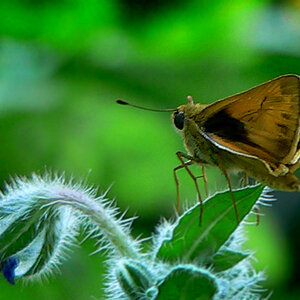
![[No title]](/data/xfmg/thumbnail/37/37603-739c5d9b541a083a12f2f30e45ca2b7b.jpg?1619738147)
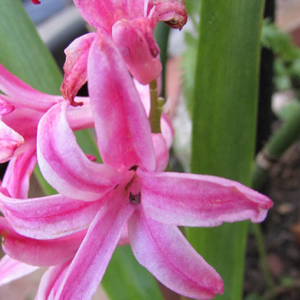
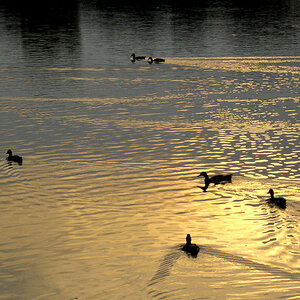
![[No title]](/data/xfmg/thumbnail/35/35669-485de67e98a042d63d728593720828a0.jpg?1619737091)
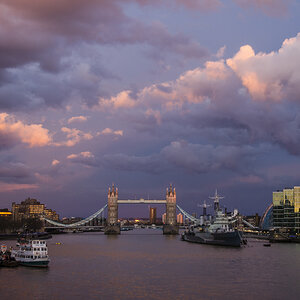
![[No title]](/data/xfmg/thumbnail/38/38266-292dc43125dad0d89dbd806503618171.jpg?1619738549)
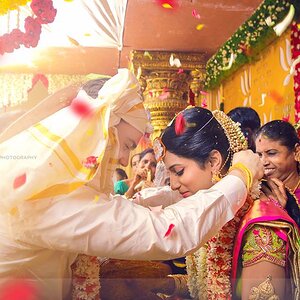
![[No title]](/data/xfmg/thumbnail/39/39491-353a6df9b207e97dadcdce4f98248fcd.jpg?1619739051)
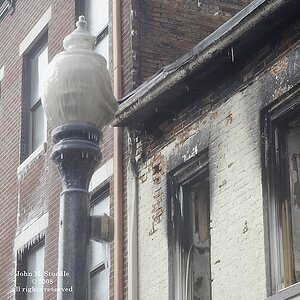

![[No title]](/data/xfmg/thumbnail/41/41758-1a91d93383c843959cb160b7ac7e762e.jpg?1619739883)